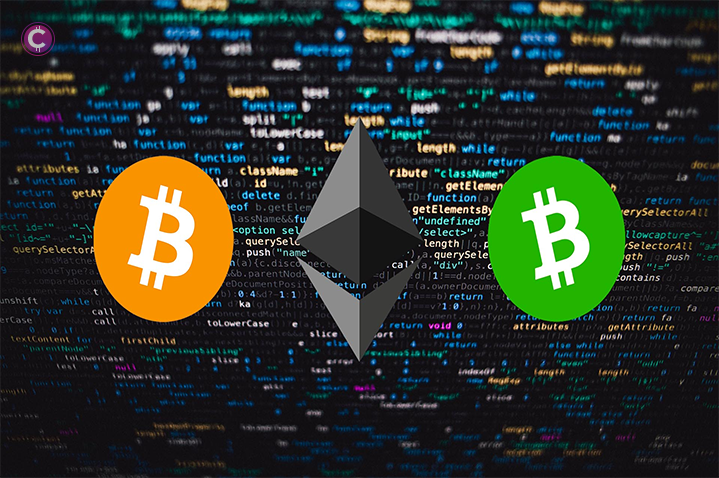
Remittances and high inflation are the primary drivers of adoption, accounting for the Latin American region's 9.1% share of global crypto value in 2022.
According to a new report, the three most significant factors that have contributed to the adoption of cryptocurrencies in Latin America are remittance payments, a fear of fiat, and a desire for financial gain.
According to a Chainalysis report from October 20, the seventh-largest cryptocurrency market in the world saw the value of cryptocurrencies received by individuals rise by 40% from July 2021 to June 2022, reaching $562 billion.
Remittances accounted for a portion of the increase; the region's overall remittance market is anticipated to reach $150 billion in 2022."Even, but swift" adoption of crypto-based services was noted by Chainalysis.
The company mentioned one Mexican exchange that was in the "world's largest crypto remittance corridor" and handled more than $1 billion in remittances between Mexico and the United States alone in the year to June 2022.
It represented a 400% increase year-over-year and represented 4% of the country's remittance market.
However, the analytics company claims that the adoption of cryptocurrencies, particularly stablecoins pegged to the United States dollar, has also been significantly influenced by the region's rising inflation rates.
The company elaborated, "Stablecoins – cryptocurrencies that are designed to stay pegged to the price of fiat currencies like USD – are a favorite in the region's most inflation-ravaged countries."
According to an estimate from the International Monetary Fund, inflation in the largest five Latin American countries reached a 25-year high of 12.1% in August. The region has been struggling with staggeringly high rates of inflation.
Because of this, regular consumers have taken stablecoins and held them in order to make their everyday purchases in an effort to safeguard themselves from the falling value of their national currencies.
Over a third of consumers already use stablecoins for everyday purchases, according to a June Mastercard survey, according to the report. Chainalysis found that citizens of Venezuela, Argentina, and Brazil were most likely to use stablecoins for small retail transactions (less than $1,000).
The company added that since December 2014, Venezuela's national fiat currency, the bolvar, has seen a depreciation of more than 100,000 percent.
Interestingly, the report found that people in Latin American economies that were larger and more developed were also more likely to use cryptocurrencies for profit.
Chileans were the most involved in DeFi, with over 45% of all crypto transaction volume taking place on DeFi platforms followed by Brazil at just over 30%, Brazil was the number one country in the region for crypto value received closing in on $150 billion.
“Latin America’s more DeFi-centric crypto markets are not unlike Western Europe’s or North America’s, where market participants are embracing cutting edge, returns-focused crypto platforms moreso than savings-centric centralized services,” Chainalysis explained.




